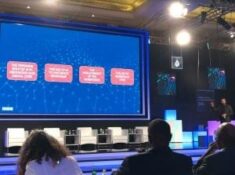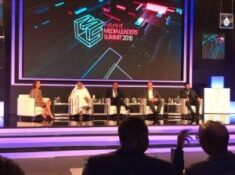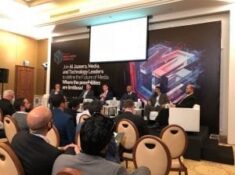What You Need to Know About Today’s Freelancers
CMMA BlogToday’s freelancers are here to stay. Increasingly, today’s most talented editors and graphic artists are only available through freelance hiring.
The Scope of the Freelance Market
A recent 2020 report by Edelman Intelligence – found that 59 million Americans are doing freelance work. That is almost 36% of the American workforce! There is a new type of worker now and it is lead by freelancers. Allan Savory, the famous ecologist and co-founder of the Savory Institute said, “If you dig deep and keep peeling the onion, artists and freelancers are the leaders in society – the people who start new ideas. Even with the slow recovery in the nation’s unemployment rate, freelancers have managed to prosper. In fact, they are changing the very nature of the economy.” Where once employers drove the hiring process, today, freelancers are independently selling their talents in the marketplace. To meet these changes in the workforce, companies have had to rapidly shift the way they hire top talent. Companies are not hiring freelancers as much as freelancers, particularly the most talented ones, are hiring the company.
Entrepreneur and Management Consultant, Michael Parrish DuDell said it best on why freelancers are so critical to companies today, “If I can get great freelancers and have access to them from anywhere, why wouldn’t I work with freelancers?” This shift towards freelancers is forcing the market to diversify itself and mandating companies to adapt quickly or they will fall behind in terms of their talent acquisition. We now see more and more prospective employees thinking less about long-term employment stability and more about jobs on a project basis and about jobs in terms of satisfaction and personal career development.
Having a wide range of companies to choose from, freelancers are now able to select contract opportunities according to what best represents their skills, interests, and goals.
what to know when engaging with freelancers:
1. Freelancers are inherently independent
Companies will need to know how to inspire and motivate this workforce without lurking over their shoulder.
2. Freelancers are good negotiators
Companies will need to know how to negotiate with highly talented individuals who know their market value.
3. Freelancers are technologically savvy
Today’s freelancers are highly connected to the world and companies will need a reliable communications infrastructure in order to contact their freelance employees, whether it be by e-mail, phone, Skype, or even Periscope.
Getting Ahead of the Game
Not transitioning into the new workforce model can become a major setback for a company. Increasingly, today’s most talented editors and graphic artists are only available through freelance hiring . Yet, many companies still resist hiring freelancers, often out of fear that they will have less control over their workforce.
Recent years have set a precedent for how companies should react to the new freelancing trend. Companies with their sights set on past workforce hiring procedures will miss out on significant talent acquisition opportunities. An article from The Guardian said companies tend to fail because “today’s leaders have never had to transform their business model – tomorrow’s leaders will.” By 2020, nearly 40 percent of our workforce will be freelance workers. It’s a long road, but companies need to prepare for this transition or they will risk losing their most talented workers.
What do you think? Interested in giving top-notch media and AV freelancers a try? We can guide you through this process! Get in touch with us today for more information.
![]()




